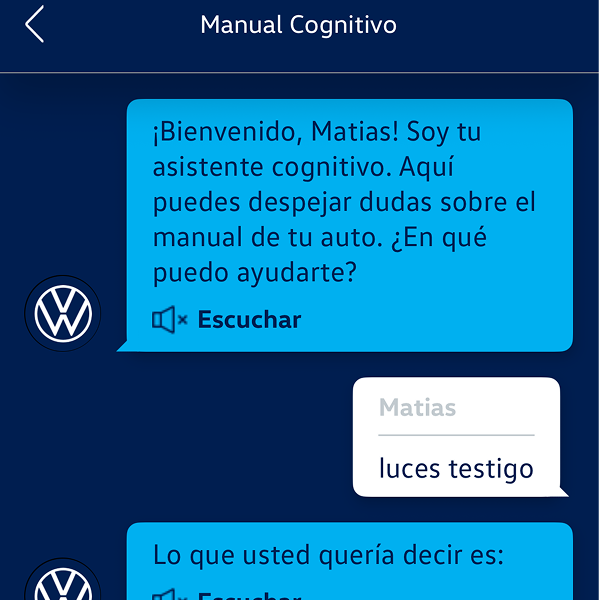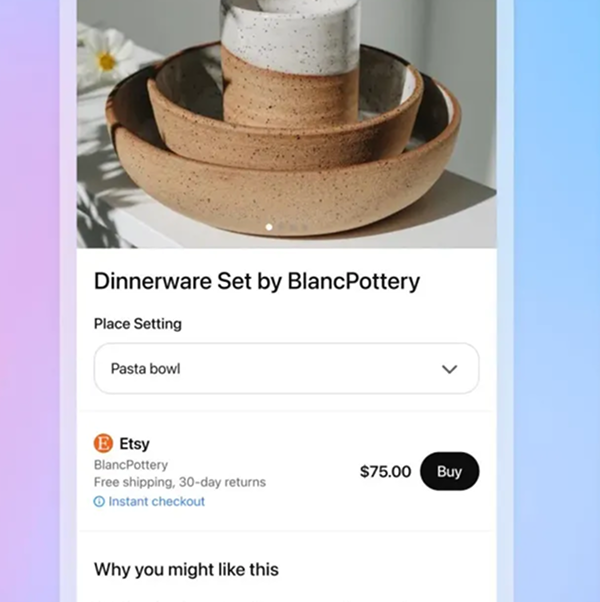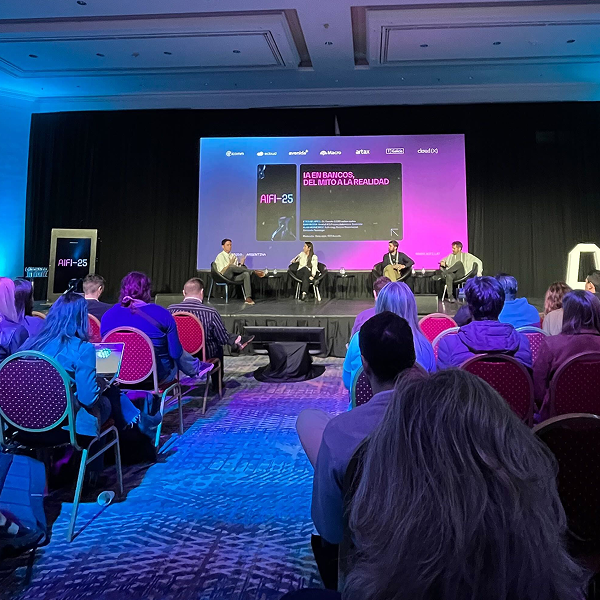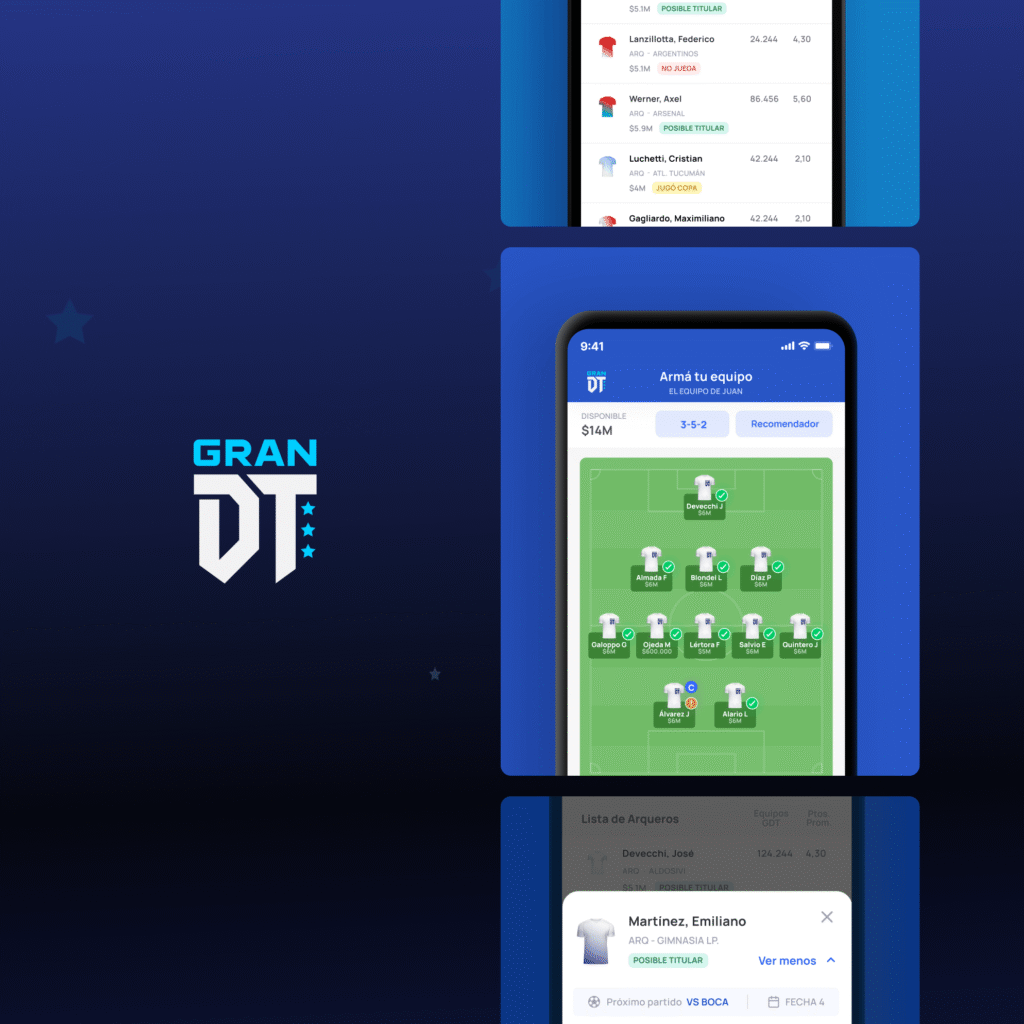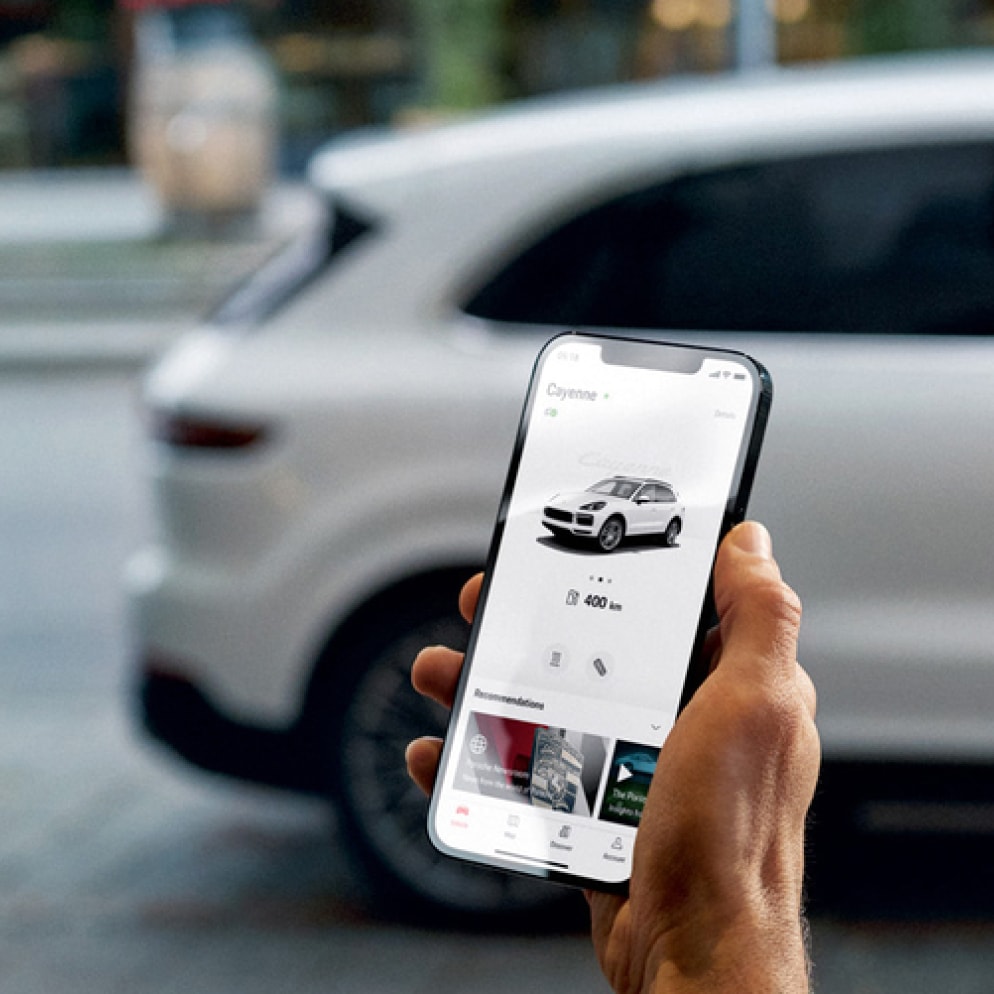You followed our field guide to build a mobile application, your App is already uploaded to the App Store and Google Play, but now what?
Let me share a little trick with you to better position your app in the stores
App Store Optimization (ASO) is a crucial strategy in the world of mobile applications, comparable to a secret weapon that can elevate the visibility, downloads, and success of an app. Just as a well-organized store attracts more customers, ASO ensures that your app stands out among the multitude of competitors in the app stores.
Why? By optimizing the app’s title, keywords, and description, developers can increase the chances of their app appearing in relevant search results.
This increased visibility leads to a significant boost in organic downloads, as users are more likely to download an app they discover through a search.
Secondly, ASO improves the app’s conversion rate. When potential users find an app in the store, its icon, screenshots, and video preview play a crucial role in encouraging them to click and explore further. By creating attractive visuals and informative descriptions, ASO increases the likelihood of converting curious visitors into dedicated users.
Furthermore, ASO can have a positive impact on the app’s user ratings and reviews.
In the ever-evolving app ecosystem, ASO also acts as a tool for continuous improvement. By analyzing the app’s performance, monitoring user behavior, and studying the competition, developers can make data-driven decisions to further optimize their app. This iterative process ensures that the app remains relevant and competitive, even as the app landscape evolves.
Finally, ASO can be a cost-effective marketing strategy. Unlike some paid marketing campaigns, ASO focuses on organic growth, reducing the need for significant advertising budgets. This allows developers to maximize their return on investment by leveraging the inherent strengths of the app itself.
Ok, I’m in so, what are the crucial factors that I really need to pay attention to.?
The important app store ranking factors you need to consider include:
- Keywords
- Title/App name
- Description
- Subtitle
- Ratings/Reviews
- Number of Downloads
Let’s take a closer look at each of these ranking factors
Keywords
Any solid app store optimization strategy will begin with keywords. If you want to improve your search ranking, you need to understand which keywords are relevant to your mobile app and being used by your target audience and competition.
The Play Store follows the same basic principles of the Google Search algorithm. This means that Google considers all the various textual elements when indexing keywords for your mobile app. If you are already familiar with SEO, keyword optimization on the Play Store is very straightforward.
The Apple App Store doesn’t index keywords in the same way. Apple provides app developers with a field that allows them to enter their keywords when editing or submitting their app to the store. Apple may even pull keyword information from your categories and competitors too.
Still, choosing the right keywords is essential for any app store optimization strategy.
Title/App Name
An app’s name is often the first impression it will make on users. Ideally, you want to use your title or app name to include your primary keyword. However, you don’t want to stuff keywords into your app name. Users will find this practice spammy, and it will make your app look less reliable.
iOS mobile apps are given thirty characters for their name. This is not a lot of space to work with, which means you have to be smart about how you approach optimizing your app name.
On the Google Play Store, mobile apps are given more space for their name at fifty characters. However, you don’t want to keyword stuff. It looks bad, and it will drive users away.
Be smart with your app name, and remember, sometimes less is more.
Description
Your app description is another key meta field that can help you rank for keywords and pitch users on the benefits of using your mobile app.
The Apple App Store does not index keywords in the app description. However, this does not mean this field is not important. Your app description is your best chance to pitch your mobile app to users browsing through the App Store. You can use this space to entice users to download your app and even leave ratings and reviews.
In the Play Store, the app description is the main place where keywords are found to index your mobile app in the search results. Once again, if you are familiar with traditional search engine optimization (SEO) practices, you can follow them here.
Subtitle
The Apple App Store gives app developers an additional meta field to play with on their store listings with subtitles. The subtitle is the small piece of text underneath the app name. This field is also restricted to a thirty-character maximum, but it is a good opportunity to add keywords to your store listing.
What is really cool about the subtitle field is that it can be customized based on the location. Take the example of Airbnb. In the U.S. Apple App Store, their subtitle reads, “Vacation rentals & Experiences.” In the U.K. Apple App Store, Airbnb’s subtitle reads “Holiday rentals & Experiences.” Do you see the difference? Europeans use the term holiday more frequently than vacation. Optimizing for this semantic shift based on location helps the app stay relevant in search results done with more locally relevant keywords.
The Play Store doesn’t offer a subtitle field, but Google already indexes keywords from all of the other content surrounding apps, so it doesn’t really matter all that much.
Ratings/Reviews
Ratings and reviews are a big ranking factor by both the Apple App Store and the Google Play Store. Neither Apple nor Google has come out and said exactly how they use this information in terms of ranking, but there is a clear correlation between high-ranking apps and apps with a lot of positive ratings and reviews. You need to focus on getting a lot of positive reviews and ratings.
Taking the time to reply to reviews and ratings is also a positive step because it shows users that you care about their input and are actively engaged with improving the mobile app. Mobile app users read reviews. They are a big part of both app stores in terms of how users interact with apps and how apps are ranked in search results.
Number of Downloads
At the end of the day, what all app store optimization efforts are building towards are app downloads. Interestingly, Google and Apple both take into account the number of times an app has been downloaded as a ranking factor. The more downloads, the higher the ranking. Both stores want to offer their users the most relevant search results, and the amount of app downloads is a key indicator of relevance.
Did you already know about this? Are you applying it in your marketing strategy? If you want to implement it, contact me, and let’s chat!
Blogpost Written by Federico Braga
